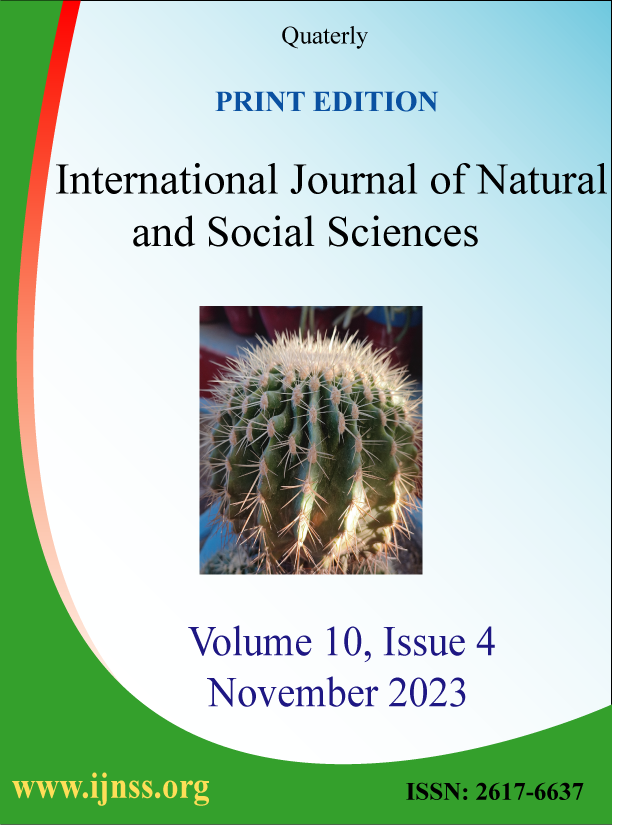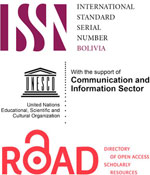Intensity of formalin misuse for fish preservation in five markets of Jessore district, Bangladesh
Lipi Paul1, Debashis Kumar Mondal2![]()
![]() , Mritunjoy Paul3, Mohammad Golam Sajed Riar3, Azhar Ali4
, Mritunjoy Paul3, Mohammad Golam Sajed Riar3, Azhar Ali4
1Extension Officer, Department of Fisheries, Jessore sadar, Jessore, Bangladesh
2Scientific Officer, Bangladesh Fisheries Research Institute, Freshwater Sub-station, Jessore
3Scientific Officer, Bangladesh Fisheries Research Institute, Freshwater Station, Mymensingh
4Scientific Officer, Bangladesh Fisheries Research Institute, Brackish Water Station, Paikgacha
ABSTRACT Full Text (HTML) (PDF)
The present study was conducted to investigate the intensity of formalin misuse in consumable fish species for preservation in five markets in Jessore district of Bangladesh. A total of 500 fish samples were collected to detect the presence of formalin in fish during January to September, 2014. Some of the freshwater fishes were local which were captured from the baors and nearby aquaculture project and some were imported from Myanmar and India while most of the marine fish came from the Chittagong. In the study area, formalin was found in 4.2% of total sampled fish. About 300 freshwater fish samples have been tested and among them 15% formalin treated fish was found. In case of marine fish sample, out of 200 samples, 10.50% formalin treated fish were found. Among marine fishes, 15% Ilish were found contaminated with formalin. The misuse of formalin was more in marine fishes from Chittagong and imported fishes from Mayanmar. Small Indigenous Species (SIS) was more formalin contaminated than large fish. Among 180 SIS samples, 18 formalin preserved fishes were found (10%) and out of 320 large fish samples, only 3 formalin preserved fishes were found (0.94%). Among the SIS, katchki (15% of katchki contaminated with formalin) and mola was found formalin contaminated. Among all the formalin treated fishes, the rate was found highest in Boro Bazar (28%) of sadar upazila and lowest in Jhikorgacha Bazar (5%). It was observed that fish sellers were affected by various types of skin disease, inhalation problem and eye irritation problem etc. who handle these formalin treated fish regularly. This study indicated that more or less the consumers of Jessore District are taking formalin through consumption of fish which is alarming both for consumers and retailers.
Key words: Formalin, fish, Barmij Rui, Katchki, Mola, Jessore
![]() Corresponding author. Tel.: +8801717659326
Corresponding author. Tel.: +8801717659326
E-mail address: debbfri@gmail.com (DK Mondal)






